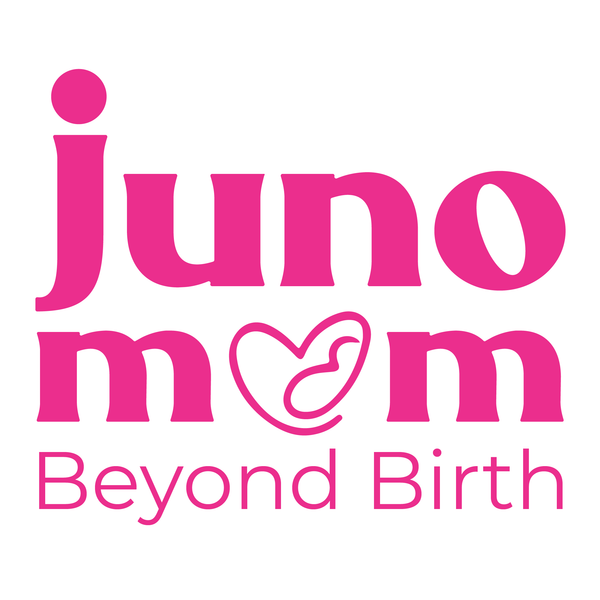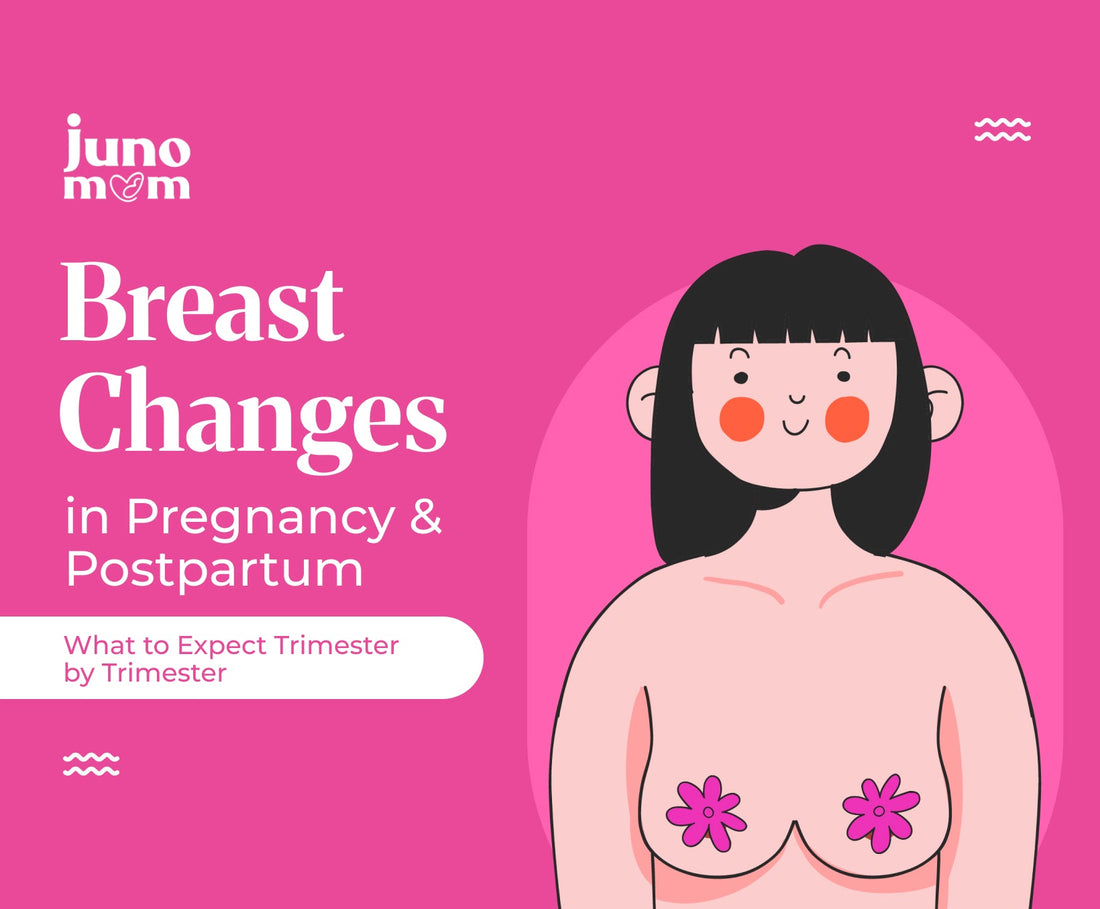Let’s talk about something that many of us experience but rarely talk about openly: breast changes during pregnancy and postpartum. If you’re on this journey, chances are you’ve already had that moment where you looked in the mirror and thought, “Wait, were they always this big?” or “Why do they feel so sore?” Don’t worry, you’re not alone.

Breast changes are one of the earliest signs of pregnancy, and they continue to shift all the way through delivery and beyond. It can be overwhelming, sometimes uncomfortable, and often surprising. But understanding what’s happening can make it a little easier—and a lot less scary.
In this blog, we’ll walk you through what to expect with your breasts during each trimester and into the postpartum phase. We’ll also talk about how to take care of yourself during these changes. Whether you're a first-time mom or you've been through this before, this guide is here to make you feel informed, supported, and seen.
First Trimester: Subtle Changes That Speak Volumes
One of the first signs of pregnancy for many moms is tender or sore breasts. This happens because your hormones—especially estrogen and progesterone—start rising quickly. These hormones are preparing your body to make milk later on, and your breasts are getting ready for the job.

You might notice:
- Sore breasts in the first trimester
- Tingling or aching sensations
- Your nipples are becoming more sensitive
- Small bumps around your nipples (called Montgomery glands) are becoming more noticeable
- A feeling of fullness or tightness
These early changes can feel uncomfortable, but they’re a normal part of pregnancy. A supportive bra can really help with the tenderness.
Second Trimester: Growth and Visible Changes
By the time you hit the second trimester, the changes become more obvious. Your breasts may look and feel different. They’re growing, not just in size but in preparation.

Here’s what you might see or feel:
- Breasts are getting noticeably bigger
- Veins become more visible as blood flow increases
- The areola (the area around your nipples) is becoming darker
- Possible itchiness or mild discomfort due to stretching the skin
- You might even start leaking colostrum during pregnancy (the first form of milk)
Tip: Moisturize your breasts regularly to help with itching and dryness, and wear a bra that gives room to grow.
Third Trimester: Full and Ready
As you near the end of pregnancy, your breasts are fully preparing to feed your baby. This is the time when things can feel a little heavy—literally.

Changes in the third trimester can include:
- Continued breast enlargement
- More frequent leaking of colostrum
- Nipple shape becoming more pronounced
- Breasts feeling heavier and sometimes tender
These signs are all part of the body’s preparation. Breast changes during pregnancy are completely normal and help your body get ready for breastfeeding.
Postpartum: Your Breasts After Delivery
Once your baby is born, your body goes into action. Your breasts start making mature milk within a few days. Until then, your baby gets nutrient-rich colostrum.

In the early days postpartum, you might feel:
- Fullness and tightness as milk comes in
- Breast engorgement
- Leaking between feeds
- Changes in nipple shape as your baby feeds
Engorgement in postpartum is common, and it can be uncomfortable. Feeding your baby often, using warm compresses before feeds and cold packs after can help.

Also, your milk supply after birth is regulated by how much your baby feeds. The more often they nurse, the more milk your body makes.
Breastfeeding: The Real Talk
Breastfeeding can be beautiful, but let’s be honest—it can also be tough in the beginning. Many moms face issues like nipple pain, latching struggles, and discomfort.

Some common experiences include:
- Cracked or sore nipples
- Nipple pain due to improper latch
- Feeling let-down (a sudden tingling when milk starts flowing)
If you're experiencing breastfeeding and nipple pain, you're not alone. Seeking help from a lactation consultant can be a game-changer. A nipple butter can also help soothe sore and cracked nipples.
Also, using soft and absorbent breast pads can help manage leaking and keep your nipples dry. We recently launched Juno Mom Maternity Breast Pads designed with comfort in mind—they’re ultra-thin, breathable, and gentle on sore skin.
What If You’re Not Breastfeeding?
Not everyone breastfeeds, and that’s okay. If you choose not to, your body will still produce milk initially. Over time, it naturally slows down.
In this phase, you might experience:
- Tenderness
- Slight engorgement
- Emotional ups and downs
Changes in breasts after delivery happen whether or not you breastfeed. Gentle care, a supportive bra, and patience go a long way.
Emotionally, It’s a Journey Too
Watching your body change so much in a short time can be emotionally challenging. Some moms feel disconnected from their bodies, while others feel amazed by what it can do.
You might feel:
- Pride in your body’s ability to feed your baby
- Frustration with the discomfort
- Surprise at the emotional highs and lows
Whatever you feel is valid. Be gentle with yourself and remember that you are doing an incredible job.
Final Thoughts
Every mom’s journey is different, and so are her breast changes. Some feel them intensely, others barely notice. The key is to stay informed, listen to your body, and give yourself grace.
Your body is doing something truly amazing—creating life, feeding life, and healing all at once.
So take a moment today to thank your breasts. They’ve been working harder than you think.


